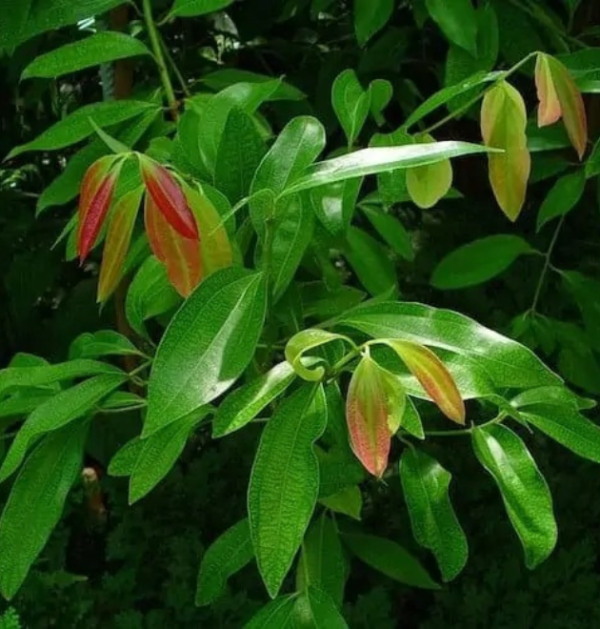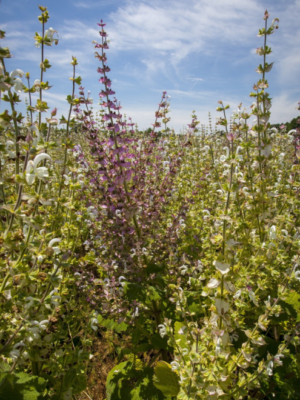Cinnamon leaf oil comes from Cinnamomum verum (also called Laurus cinnamomum) from the Laurel (Lauraceae) plant family. Native to Sri Lanka it also grows in many countries such as India, China and Indonesia.
The oil is produced by steam distillation from the leaves which yields 1.6-1.8%. Well-managed plantations allow for sustainable supplies from the region to be made available throughout the year, with the exception of during the rainy season (Maha monsoon season October – January). After collection, the leaves are left to dry before distillation, as fresh leaves take longer to process.
Cinnamon leaf oil has a musky and spicy scent and a light yellow colour that distinguishes it from the darker red-brown colour of cinnamon bark oil.
Leaf oil is used as a flavouring but also has a variety of powerful therapeutic attributes which attract many industries and applications to use the oil.
Known to have strong germicide, anti-sceptic, antifungal and anti-bacterial properties you can use leaf oil (or find it in products) for athlete’s foot and toenail fungus infections (anti-fungal), disinfectants (just 1% mixed with water can give you a powerful disinfectant), dentistry for gum and mouth pain (it’s said the eugenol from cinnamon leaf performs better than the more economical eugenol from clove), and odour neutralizer and as an effective insect repellent (in particular black ants).
Product Details
- Botanical name: Cinnamomum zeylanicum
- Origin: Sri Lanka
- Crop Season: March-August
- Plant/part used: Leaves
- Method of extraction: Steam distillation
- TSCA CAS: 84649-98-9
- EINECS CAS: 8015-91-6
- EINECS: 283-479-0
- Appearance: Yellow to brown liquid
- Organoleptic Properties: Musky, spicy, characteristic odour
- Density: 1.030 – 1.050
- Refractive index: 1.529 – 1.540
- Optical rotation: 0° to 2°
- Chemical constituents: Eugenol: 73 – 85% Eugenyl acetate: 0.2 – 5.0%
- FEMA: 2292






